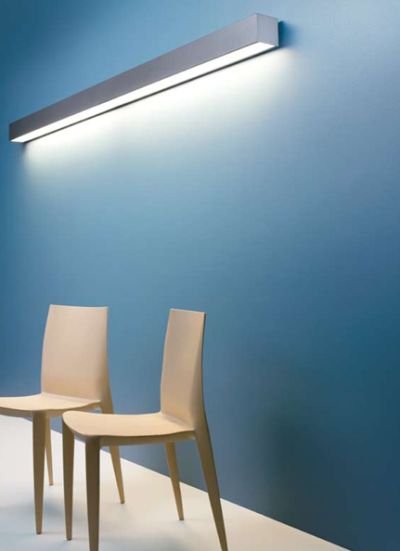The fact that India was very much on the periphery of global crisis was clear from the participant responses. Despite the apparent slowdown in the building construction sector, most respondents felt this had not affected either spending patterns or business, in the upper demographic to any significant extent. However, this is qualified by their noticing a degree of caution creeping into the overall spend, especially among the middle income demographics.

“The furniture market seems to be very promising in coming years and we expect 30% year on year growth in the furniture market. There is much awareness and Western designs are much liked by Indians who are keen to buy readymade furniture which they can change easily with the fashion.
The responses differed by segment with dealers and retailers noticing a change in purchase patterns, while architects said there was no visible difference in the spend. Builders felt that clients opted for fewer extras such as wooden flooring or appliances with the apartment, but the sales were not affected by more than 10 to 15%.








